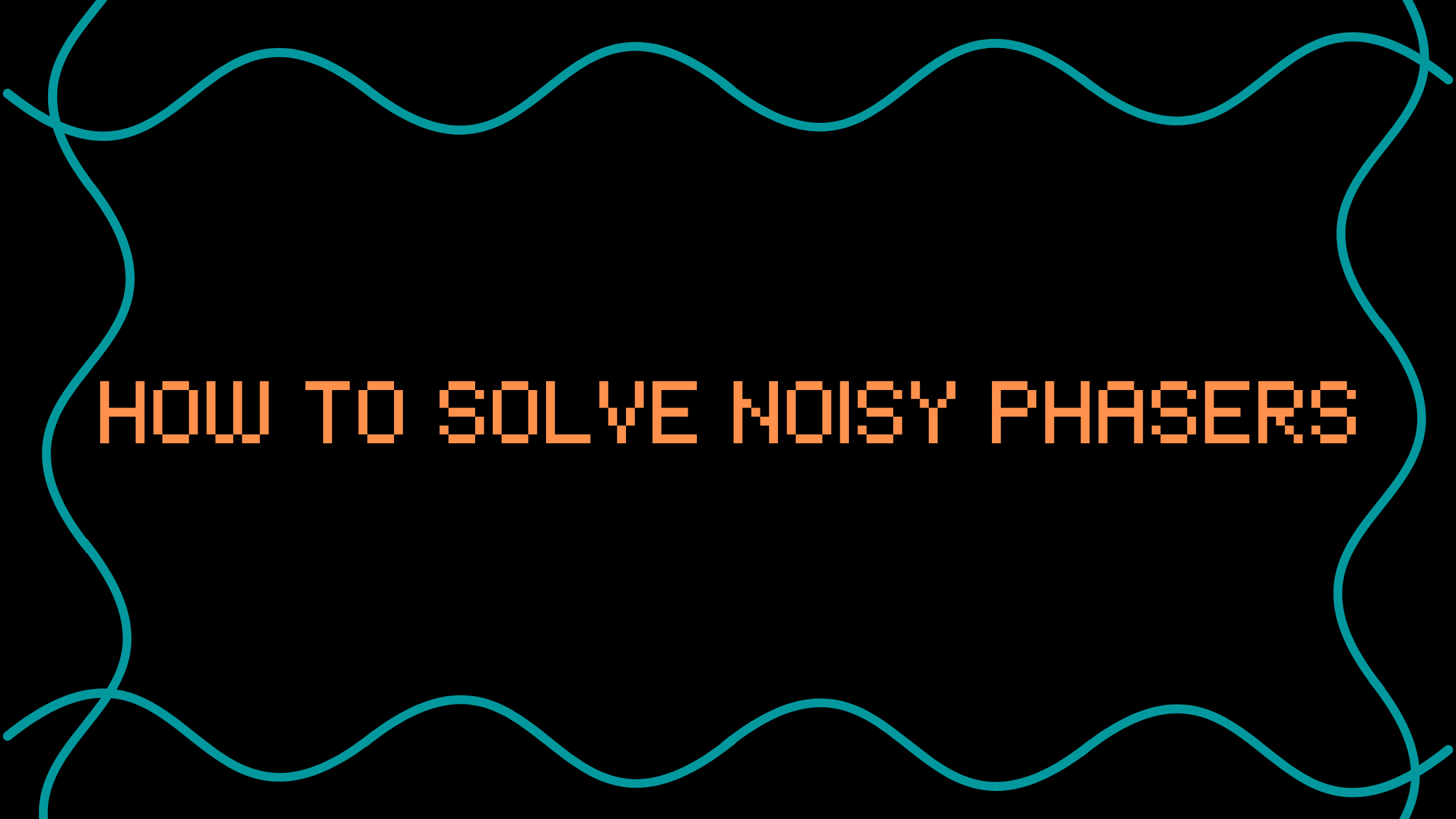Phaser pedals being too loud in your signal chain is a problem that many guitarists face: as for lots of problem with your gear (and well, with electronic systems like your pedal chain) the cause can vary depending on a lot of factors, such as:
- order and placement;
- model of the stompbox (and more specifically the type of the circuit);
- how does it interact with other effects;
- An unlucky combination of EQ and volume that can make feedbacks and annoying background sounds more noticeable and for this reason “ruining” your sound
In this article, though, we’ll see some of the most common troubleshooting solutions for muting the noise generated by this type of guitar effect, examining also why the phaser pedals can be so noisy.
1. CHANGING THE ORDER OF THE PEDALS
Every part of your effects chain can have some particular buffering and also add impedence (modifying the electric signal of your electric guitar), so the order can greatly change the final sound.
Phasers, also, are modulation pedals and also act as filters for your sound, and for this reason some models (one of the most common and popular one being the MXR Phase 90) can give loud hummings and other unwanted sounds with certain places, like after distortion pedals.
Having a distortion, overdrive or fuzz and after those a phaser can (depending on the models, obviously, as not every circuit will act in this way) sometimes generate feedbacks, usually way more times compared to having the phaser before the distortions.
Switching the position might solve the problem in some cases, as well as trying to lower the distortion on your distortion pedals (if it’s possible for your sound and forwhat you actually want to play, obviously).
2. REGULATING THE VOLUME
An easy thing that you can check out fairly quickly is the volume: too much can make feedbacks even worse, so you can check if the problem goes away trying to:
- change the volume with the volume knob on your own guitar;
- changing the phaser’s volume (if available);
- changing the volume of distortions
Sometimes, though, changing the volume (especially for distortion pedals, where lowering the level can significantly alter the feeling and the sound you want) is not possible, and for those cases you can consider lowering the volume on distortion but also placing a boost/volume pedal towards the end of the signal chain (or anyway after the phaser pedal): in this way you can lower distortion, letting the phaser get a lower input that is less likely to make horrible noises, and then take the volume up with the boost at the end of the chain, where the changes of bad interactions with the effects pedals are way, way lower.
2. USING THE FX LOOP OF THE AMP
If your amplificator has an effects loop, then you can try plugging the phaser into that, “separating” this modulation pedal from the rest of the pedal chain (as the effects loop mainly works separating the plugged effects in order to avoid muddy sound and other feedback problems that you might get mixing the modulation or the delays with the distortions, helping you maintaining a clean sound and way more control with your gear).
Another way, if the simple fact of using the loop doesn’t solve the problem, may be lowering the volume of the fx loop and trying if this eliminates the noises, even if that can be done only partially as you are muting the effect and reducing overall volume.
3. USING A BUFFER PEDAL
A buffer pedal is used for improving an electric signal that is “ruined” by the resistance of cables and circuits (that usually results in a sound that has lost some of the high frequencies, giving you a muddy and not so good treble), but can also help relieving feedbacks and noises.
If the other solutions didn’t work, a buffer pedal (usually at the end of the pedal chain, right before the amp) can greatly help with your tone and sound problems (and is also fairly useful even if you don’t have nasty sounds in your playing, as it can let you improve your tone in general).
4. REGULATING THE VOLUME
An easy thing that you can check out fairly quickly is the volume: too much can make feedbacks even worse, so you can check if the problem goes away trying to:
- change the volume with the volume knob on your own guitar;
- changing the phaser’s volume (if available);
- changing the volume of distortions
Sometimes, though, changing the volume (especially for distortion pedals, where lowering the level can significantly alter the feeling and the sound you want) is not possible, and for those cases you can consider lowering the volume on distortion but also placing a boost/volume pedal towards the end of the signal chain (or anyway after the phaser pedal): in this way you can lower distortion, letting the phaser get a lower input that is less likely to make horrible noises, and then take the volume up with the boost at the end of the chain, where the changes of bad interactions with the effects pedals are way, way lower.
A COMMON PROBLEM: THE “NOISY” MXR PHASE 90
This is one of the most common pedals and also it is definitely one of the most popular pedals for this effect type.
So, what to do if the MXR Phase 90 is too noisy?
The solution is often to run it throught the FX loop of the amp, if available, or otherwise to try to place it towards the end of the signal chain , after distortions (because that will lower the sound and “phased” sound of the pedal.

